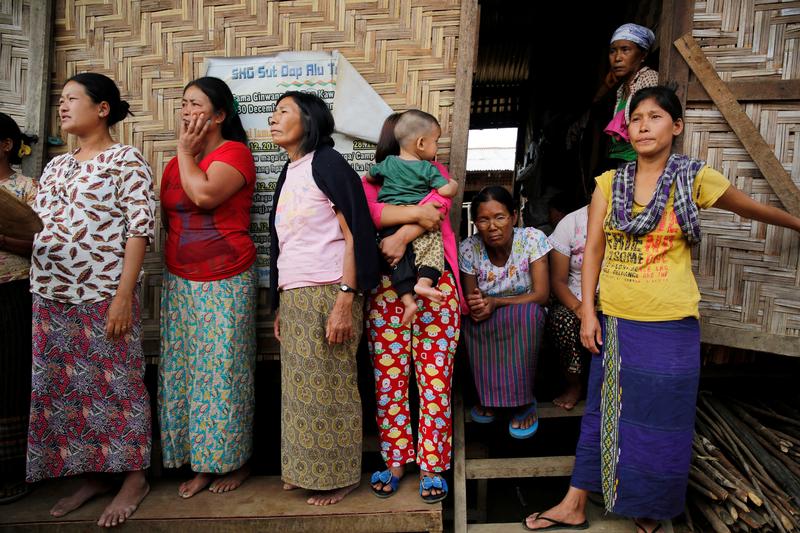As ongoing violence in Burma continues to forcibly displace thousands of people, women are too often being represented as victims within the narrative of conflict.
While detailing the inequalities that women face is imperative in providing context to the struggles they are rising up against, it must not be the defining element. Reducing women to one role and classification risks delegitimising the causes they are rallying attention toward, such as equal land rights, equal marriage rights and laws that protect them from violence. Normalising women as victims further validates aggressive behaviour toward them and instills a sense of entitlement for perpetrators who often go unpunished. Unfortunately, commentary over the past few years has chosen to profile women through a one-dimensional lens — acute with Burmese patriarchal customs reducing them to traditional roles as opposed to active citizens.
Large-scale activist movements throughout Burma’s history have too often seen women’s participation documented second to men. During the historic 1988 student uprisings, women were told that the dangers of the streets and unpredictability of police brutality was not suitable for them. Given that they were also subject to the government’s denouncement of their fundamental freedoms, many refused to be confined to the home.
The designation of gender roles and norms following the uprisings is nothing new. As the student democracy movement became more militarised, women were expected to take on gender roles that were considered to be more “traditionally structured.” The birth of the Burmese Women’s Union was a direct response to the notion that women should be silent in times of resistance.
At a time when rape and sexual violence is on the rise in Burma, women have brought attention to gaps in legal protection and offered solutions that attempt to break cultural taboos previously holding back conversations on sexual reproductive health and awareness. Burma does have a law in the works that seeks to protect women but female voices at the negotiating table have been insistent that the punishment for violence does not go far enough. The result of decades of women’s advocacy efforts saw the first legislation tackling violence against women go to Parliament after three years of development, in 2017. The National Strategic Plan for the Advancement of Women (NSPAW) is also in the process of being implemented. While fear-mongering practices are engrained in the philosophy of the authoritarian institution that is the Tatmadaw, women have been unwavering in their adamancy to have legal rights that protect them.
[related]
However, the image that has been overwhelmingly emphasised is that of the young mothers and wives suffering silently in refugee and internally displaced persons (IDP) camps. What’s less known and even less documented in the media are profiles of the women leading the charge in ensuring that humanitarian aid accesses hard-to-reach IDP camps that are largely controlled by the military. Women’s organisations, such as the Kachin Women’s Association Thailand, regularly go above and beyond in response to conflict and blockage of humanitarian aid by risking their own safety and security to support their communities. Female human rights defenders regularly speak of intimidation and harassment in their appeals for demilitarisation, but nonetheless continue to work tirelessly to dismantle these systems of oppression.
There must be greater attention given to the achievements of women as currently they are being unfairly dismissed against the backdrop of Burma’s political transition. If Burma is to make significant progress in its future endeavours, the voices of all must be considered on an equal playing field. If the international community is to support women in Burma, it must be aware of the dangers in asserting a narrative on a country and gender that sees them as victims rather than capable leaders. Unless this problematic media tendency is reversed, the portrayal of them as helpless individuals will continue to perpetuate a dangerous pattern in the news cycle — advancing a flawed agenda of how women are understood and how their behaviour, especially in crisis situations, is documented.
Maggi Quadrini is the communications officer for the Shan Women’s Action Network.



